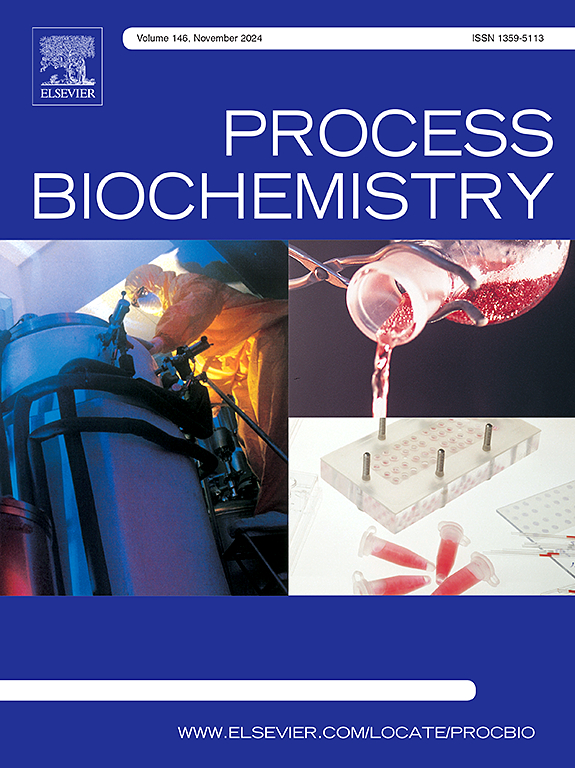新型二维无格子真菌菌丝体数学模型及其动态模拟
IF 4
3区 生物学
Q2 BIOCHEMISTRY & MOLECULAR BIOLOGY
引用次数: 0
摘要
丝状真菌是一个多样化的微生物群体,包括具有重要工业意义的物种,如黑曲霉和黑麴霉,以及具有生物活性、可食用和药用的真菌,如灵芝(G. lucidum)和金针菇(Auricularia auricula)。丝状真菌菌丝体的形态对物种发展、天然产物合成和环境适应至关重要。因此,必须对菌丝形态进行准确的定性和定量评估。数学模型是研究微生物形态的有用工具,有助于菌丝发育的实验研究。然而,由于菌丝发育本身的复杂性,现有模型无法完全捕捉到它。本文使用 MATLAB (R2023b) 建立了一个二维无格子数学模型。该模型包含了菌丝顶端延伸、分枝、吻合和能量转换,同时引入了连续生长、范围吻合和可变生长长度行为。这些改进可以更准确地模拟真实的菌丝生长模式。该模型被用于模拟和优化 G. lucidum 的生长,其准确性得到了验证。我们的研究结果表明,所提出的模型能有效模拟丝状真菌的菌丝生长,并为描述其他丝状真菌的形态提供了一个通用框架。本文章由计算机程序翻译,如有差异,请以英文原文为准。
A novel two-dimensional lattice-free mathematical model of fungal mycelia and its dynamic simulation
Filamentous fungi represent a diverse group of microorganisms, encompassing industrially significant species such as Aspergillus oryzae and Aspergillus niger, as well as biologically active, edible, and medicinal fungi such as Ganoderma lucidum (G. lucidum) and Auricularia auricula. The morphology of filamentous fungal mycelia is crucial for species development, natural product synthesis, and environmental adaptation. Therefore, accurate qualitative and quantitative assessment of mycelial morphology is imperative. Mathematical modeling is a useful tool for investigating microbial morphology, aiding in experimental research on mycelial development. However, owing to the inherent complexity of mycelial development, it cannot be fully captured by existing models. This paper presents a two-dimensional, lattice-free mathematical model using MATLAB (R2023b). The model incorporates hyphal tip extension, branching, anastomosis, and energy translocation, while introducing continuous growth, range anastomosis, and variable growth length behaviors. These enhancements allow more accurate simulation of real mycelial growth patterns. The model was used to simulate and optimize G. lucidum growth, and its accuracy was verified. Our findings indicate that the proposed model effectively simulates filamentous fungi mycelial growth and provides a generalized framework for describing the morphology of other filamentous fungi.
求助全文
通过发布文献求助,成功后即可免费获取论文全文。
去求助
来源期刊

Process Biochemistry
生物-工程:化工
CiteScore
8.30
自引率
4.50%
发文量
374
审稿时长
53 days
期刊介绍:
Process Biochemistry is an application-orientated research journal devoted to reporting advances with originality and novelty, in the science and technology of the processes involving bioactive molecules and living organisms. These processes concern the production of useful metabolites or materials, or the removal of toxic compounds using tools and methods of current biology and engineering. Its main areas of interest include novel bioprocesses and enabling technologies (such as nanobiotechnology, tissue engineering, directed evolution, metabolic engineering, systems biology, and synthetic biology) applicable in food (nutraceutical), healthcare (medical, pharmaceutical, cosmetic), energy (biofuels), environmental, and biorefinery industries and their underlying biological and engineering principles.
 求助内容:
求助内容: 应助结果提醒方式:
应助结果提醒方式:


